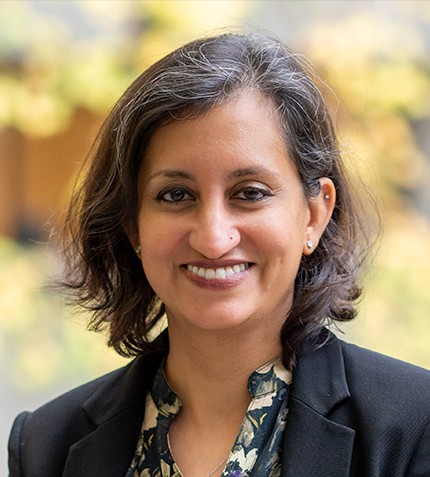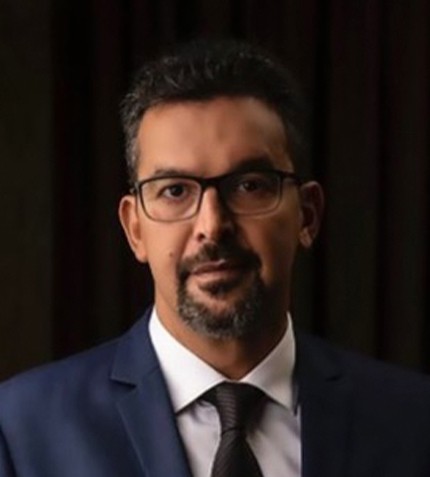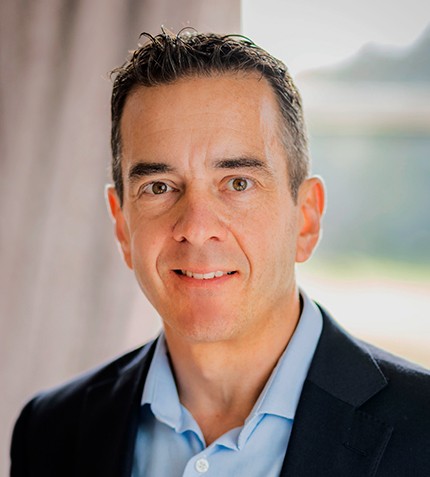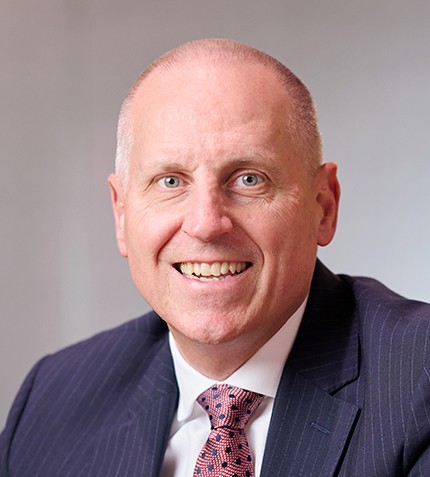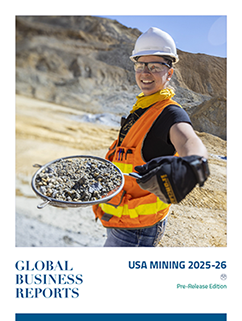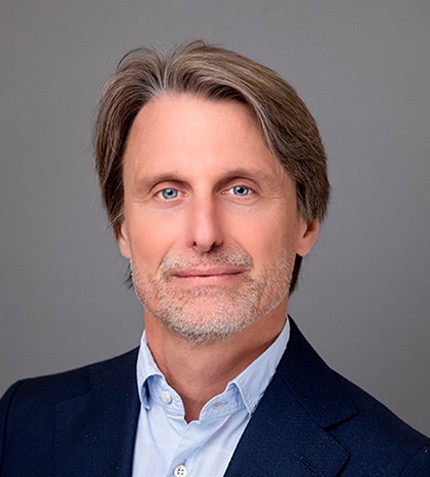
"People tend to focus on the geopolitical and security risks in Africa and overlook the advantages – such as the fact that it takes less than a year to obtain a permit in many countries in West Africa."
Vincent Benoit
CEO & MANAGING PARTNER, LA MANCHA RESOURCE CAPITAL
Could you introduce La Mancha and the creation of the La Mancha Fund?
La Mancha was formerly owned by French nuclear giant Areva (now Orano), until its acquisition in 2012 by the Sawiris family. In the first few years, La Mancha operated gold mines in Australia, Sudan and Côte d'Ivoire, but in 2015, it shifted strategy, listing these assets under public entities in which La Mancha retained a stake. We did three deals back in 2015: we contributed our Australian assets to Evolution Mining (with La Mancha taking a 30% interest in the company); the Ivorian mine to Endeavour Mining (also with 30% of shares held by La Mancha); and we sold the Hassai gold mine in Sudan to the Sudanese government.
After we sold our interest in Evolution Mining in 2020 (while retaining a 19% shareholding in Endeavour), the family launched the La Mancha Fund, transferring all the assets of the holding company into the fund to help raise additional capital and invest in new opportunities. Today, the Luxembourg-based La Mancha Fund manages about US$1.7 billion in assets.
La Mancha has also invested in non-gold assets. Can you comment on this diversification?
Gold remains our core business but, when we created the Fund in 2021, we wanted to diversify our exposure to critical minerals. In 2022, therefore, we invested in Falcon Energy Materials, which is developing an anode material plant in Morocco. Falcon had a graphite mine in Guinea, but instead of starting with the lower-value raw material and then vertically integrating it to battery materials, we decided it was smarter to first master the transformation of graphite into a Coated Spherical Purified Graphite (CSPG), to capture the greatest value. 100% of graphite today is being processed in China, which leaves graphite miners completely vulnerable to Chinese uptake. By developing a CSPG plant, we can sell directly to battery makers. La Mancha owns 25% of Falcon Energy.
La Mancha’s investment in G Mining Ventures marks a move into Latin America. What factors do you consider when assessing the attractiveness and risk profile of a new jurisdiction?
We favour mining-friendly jurisdictions where the industry is actively supported by the host government, embedded in a national strategy, and ideally backed by a clear mining code, transparent permitting processes, and predictable timelines. We also focus on countries where we know the people. Knowing how a country works and having the right networks, goes a long way, especially for long-term investors. Risks are everywhere, and Africa has never deterred La Mancha; after all, the Sawiris family itself is Egyptian. People tend to focus on the geopolitical and security risks in Africa and overlook the advantages – such as the fact that it takes less than a year to obtain a permit in many countries in West Africa.
At the moment we are significantly developing our presence in and exposure to Latin America, particularly in Brazil and Guyana. Guyana for example has a similar geology to West Africa, the Guyana Shield and West African Birimian Greenstone Belt.
How do you think record gold prices will impact investment patterns in the junior sector?
At La Mancha, we do not invest in gold price predictions. As my shareholder once said: “I don't pay you to guess the gold price, I pay you to find the best-value assets.” In other words, we invest in assets and not in price momentum. We model our investments using long-term prices well below current spot prices to ensure that, even if prices drop, our returns remain positive. A good mine will still generate strong returns, at around 20% per year on average, even if gold prices drop.
Lastly, even accounting for inflation and cost increases, valuations haven’t caught up with metal prices. Just look at GDX, the ETF for gold miners: it was at US$60 when gold hit US$1,800 in 2011. Today, with gold over US$3,000, GDX is still only at US$50. So there is clear upside potential in the mining sector.




